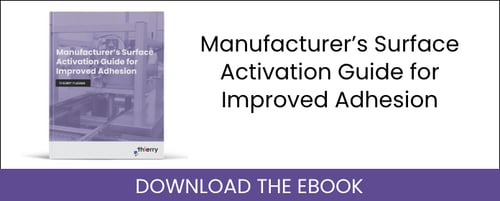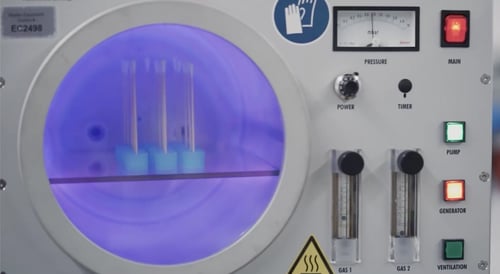When an object undergoes a
plasma treatment, there are many options as to what type of plasma can be used. This depends on what type of gas that is ionized within the low pressure chamber of a plasma system. The most often used options are air, oxygen, hydrogen, argon, and
nitrogen plasma. Each type of gas has different properties and will affect the surface properties of an object in different ways.
Nitrogen plasma for instance is very suitable for treating steel objects using a process that is often called plasma nitriding. This process involves using a
nitrogen plasma treatment to deposit a hard layer onto steel surfaces which increases wear resistance, surface hardness and increases fatigue strength.
Nitrogen Plasma vs. Oxygen Plasma
Nitrogen plasma and oxygen plasma provide similar results when used for plasma treatments. Basic surface activation and plasma cleaning processes use either oxygen or
nitrogen plasma to raise the surface energy of a material. Whether oxygen or
nitrogen plasma is used depends on what type of material is being treated. However, oxygen is usually more effective and is often the first choice for plasma treatments. Since air is composed of approximately 70% nitrogen and 30% oxygen, it is often used to perform plasma treatments as a less expensive, yet still very effective method.

